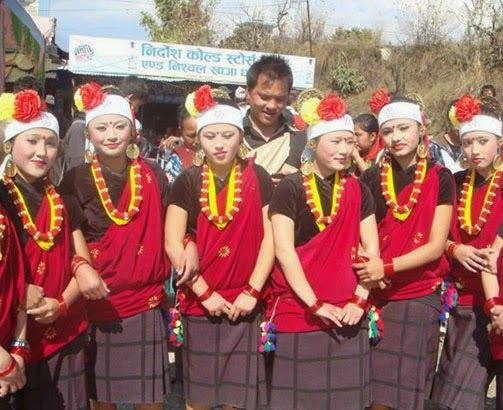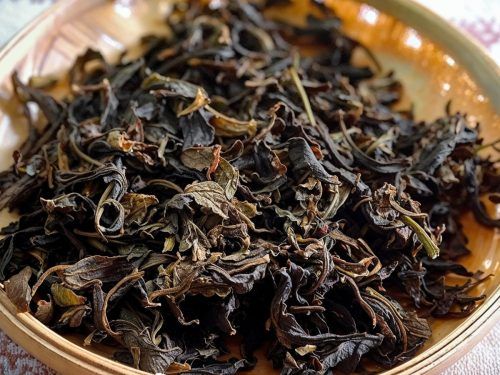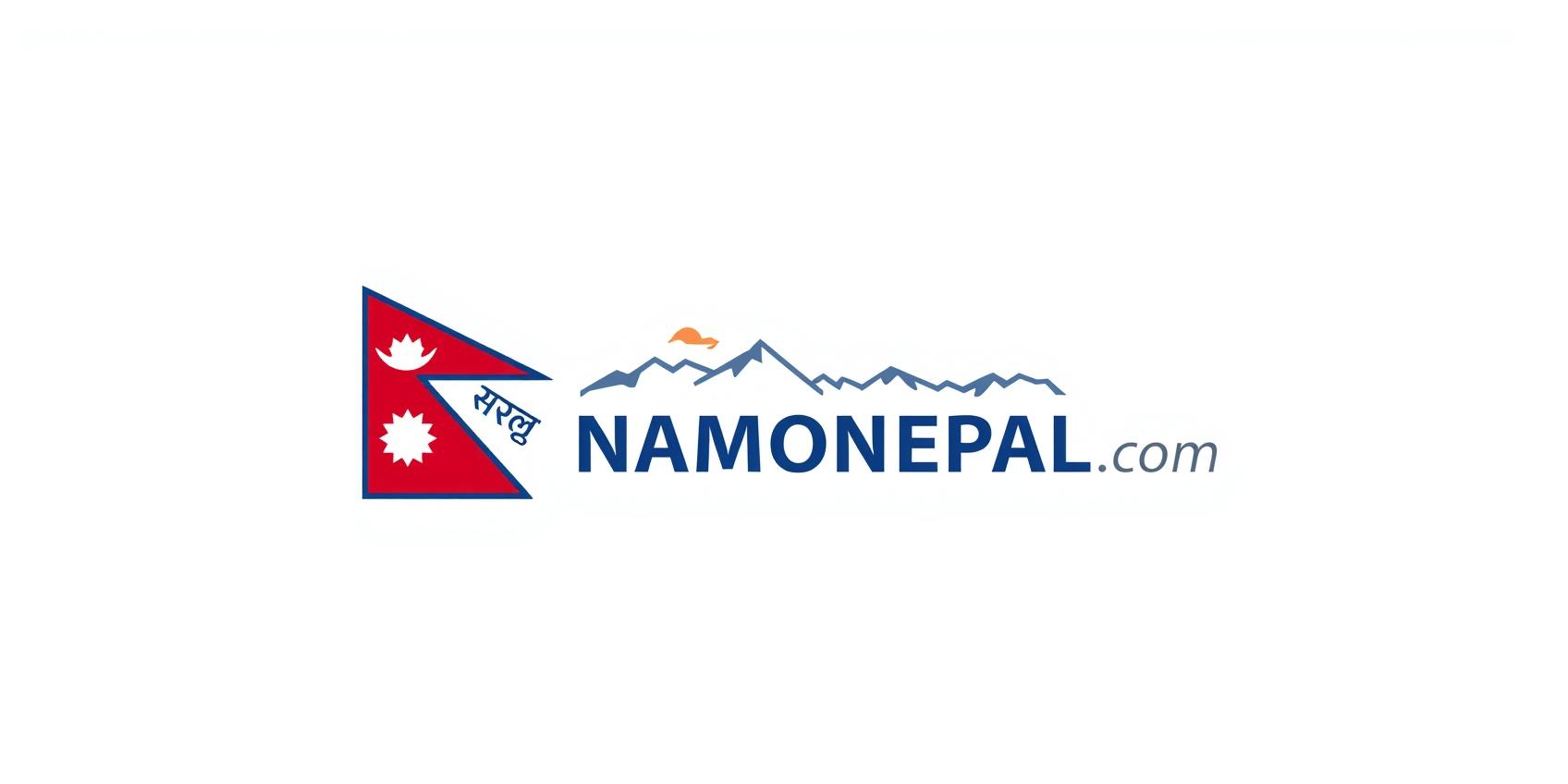Exploring Gurung & Magar Traditions in the Heart of the Himalayas
In the lap of the Himalayas, the Gurung and Magar communities have preserved traditions that reflect harmony with nature, vibrant rituals, and deep cultural pride. Known for their warm hospitality, colorful festivals, and unique lifestyles, both groups play a vital role in shaping Nepal’s rich identity. From bustling Gurung villages in Annapurna to Magar settlements in the mid-hills, travelers immerse themselves in authentic local experiences from folk dances to traditional feasts.
Highlights of Gurung & Magar Traditions
- 🎶 Traditional folk dances and music, such as the Gurung’s Ghantu and Magar’s Maruni.
- 👕 Distinctive dress, ornaments, and festivals reflecting Himalayan culture.
- 🏛 Authentic village experiences in Annapurna, Lamjung, Palpa, and Rolpa.
- 🏠 Renowned hospitality with homestays and community-based tourism.
- 🥤 Unique cuisine including dhido, sel roti, raksi, and millet-based dishes.
- 📖 Rich oral histories, rituals, and ethnic traditions passed down generations.
Gurung Traditions: Harmony in the Hills
The Gurung people, traditionally known as skilled farmers and brave Gurkha soldiers, live in scenic villages of the Annapurna and Lamjung regions. Their culture emphasizes close-knit community life, respect for ancestors, and harmonious rituals blending Buddhism, Hinduism, and animist practices. Colorful dances like Ghantu and Sorathi, performed during festivals, narrate epic tales of kings and deities. Travelers can visit Ghandruk and Ghale Gaun, where traditional stone houses, warm homestays, and panoramic views of the Himalayas provide a perfect backdrop for experiencing Gurung heritage.

Magar Traditions: Spirit of the Mid-Hills
The Magar community, one of Nepal’s largest ethnic groups, is rooted in the mid-hills of Palpa, Rolpa, and Rukum. Known for their vibrant festivals and warrior legacy, the Magars showcase culture through Maruni and Kaura dances, rich oral storytelling, and rituals honoring nature. Their settlements often feature communal spaces where music, dance, and celebrations bring people together. Magar traditions highlight courage, hospitality, and harmony—values that shaped Nepal’s history. For travelers, a visit to Magar villages offers both cultural depth and warm rural experiences.
Festivals & Celebrations
Both Gurung and Magar communities celebrate festivals that are full of color, music, and social unity. The Gurungs observe Lhosar, a New Year festival with feasting, dancing, and family gatherings. The Magars, meanwhile, celebrate Maghe Sankranti with community feasts, rituals, and cultural performances. Dances such as Ghantu, Maruni, and Kaura are more than entertainment—they are living traditions that connect generations. For visitors, joining these festivals means becoming part of authentic Nepali culture and tourism experiences.

Food & Hospitality
Food is central to both Gurung and Magar hospitality. Millet, maize, and barley feature strongly in their cuisine, alongside dishes like dhido (traditional porridge), sel roti (rice bread), gundruk (fermented greens), and raksi (homemade liquor). Community feasts often accompany festivals, where travelers are welcomed with warmth and generosity. Homestays allow visitors to share meals with families, enjoy home-cooked recipes, and understand the cultural significance of food in Himalayan village life. This authentic experience offers a deeper connection to Nepal’s traditions.
Frequently Asked Questions
Understanding the rich Gurung & Magar cultural landscape in the Himalayas.
1. Where can travelers experience Gurung culture?
2. What festivals are important to Gurung and Magar people?
3. What dances are unique to these communities?
4. What kind of food can visitors try in Gurung and Magar villages?
5. Are homestays available in Gurung and Magar villages?
6. How do Gurung and Magar cultures contribute to Nepal’s tourism?
Discover Gurung & Magar Heritage with Namo Nepal
Exploring Gurung and Magar traditions is more than a cultural journey—it is a heartfelt connection with Nepal’s people, landscapes, and stories. Whether trekking through the Annapurna region, joining a Lhosar festival, or savoring millet dishes in a Magar village, each moment immerses travelers in authentic Nepali hospitality and heritage. Plan your travels with Namo Nepal and discover vibrant traditions that bring the Himalayas to life.
Explore Now